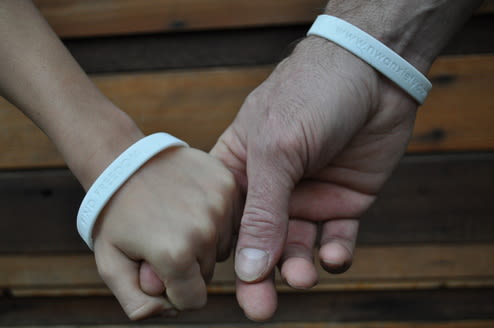Worry vs Anxiety: Does Your Child Need Help?

Worry vs Anxiety: Does Your Child Need Help?
Anxiety is the number one mental health problem facing children and adolescents today. It’s normal to worry about things, especially as children enter into their teen years. Youth are faced daily with new situations and expectations that come along with emotional ups and downs. So, how do you know when worry crosses over into “too much” worry?
There are often signs of severe, or impairing, anxiety manifesting in children:
- Significant distress with or avoidance of social situations
- Frequent worry or doubt (often asking for reassurance)
- Recurrent complaints of stomachaches or other somatic symptoms
- Ritualized behaviors that interfere with daily expectations or daily time management
- School attendance or performance issues
While anxiety-spectrum disorders are the most common mental health issue facing children, they are also highly treatable with evidence-based therapies and the appropriate dose of treatment (or level of care).
Many kids miss school, social activities, and a good night's rest from intrusive thoughts, ritualized behaviors, or excessive worrying. As a parent, it is normal to experience frustration and a feeling of helplessness when witnessing your child suffer day in, day out. Effectively managing anxiety disorders in adolescents and teens often requires a combination of treatment interventions. If you are noticing your child’s symptoms of anxiety are lasting longer than six months, it may be a good time to find a therapist. Or, if your child is already in therapy but symptoms of anxiety are not improving, it could be time for a more intensive. The decision to find a therapist for your child can be daunting. If referrals are unavailable from friends or trusted sources, then you scour the internet hoping to find someone that will understand your child, relate in someway, and ultimately provide relief. Or, let’s assume you’ve found an expert in the field. They understand your child’s pathology and, more importantly, are able to connect in a meaningful way. Despite this, your child is not improving. This experience isn't unusual and often indicates the need for more intensive option.
For this reason, intensive outpatient programs (IOP) are emerging as an effective modality that fills the existing gap between outpatient therapy (often one hour sessions weekly) and inpatient treatment (residential or hospital setting). Intensive outpatient therapy provides a structure of daily therapy and education that allows one to combat the avoidance and withdrawal associated with anxiety. Exposure-based treatment within an IOP setting gives children the opportunity to gently and systematically reintegrate into everyday life by offering designated time to challenge anxiety symptoms. This daily exposure practice, individually-tailored and assisted by a trained therapist, is essential for sustained improvement.
In past years, specialized intensive outpatient treatment options for kids and teens in the Northwest have been limited. Beginning in April 2016, NW Anxiety Institute will begin offering the first Intensive Outpatient Program that focuses on OCD and anxiety-spectrum disorders in the Portland area. This program includes individualized treatment planning, multiple individual therapy sessions per week, daily psychoeducational/skill-building groups, daily goal-setting groups, supported Exposure Response Prevention practice, weekly family therapy, and routine medication evaluation/management with a board-certified child/adolescent psychiatrist. For more information on this new program, visit www.nwanxiety.com
